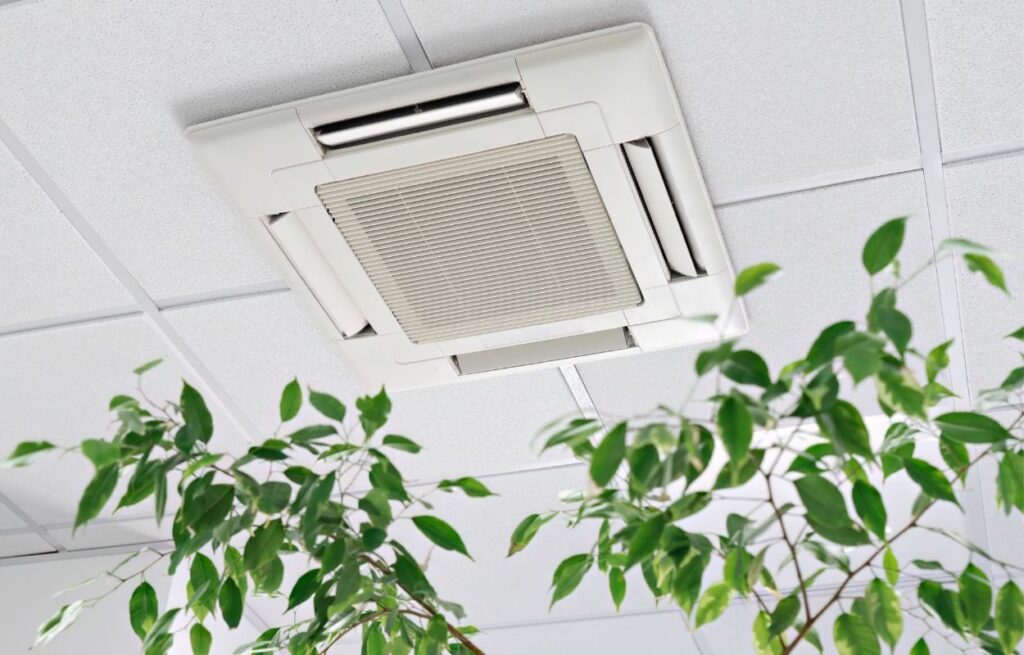
Let’s talk about something most people would rather avoid—mold. It’s sneaky, stubborn, and just plain gross. But beyond being unsightly, mold can actually mess with your indoor air quality in a big way. If you’ve been feeling stuffy, sniffly, or just “off” when you’re at home, mold might be the reason. The good news? You can fix it. So, let’s break it all down in a simple, helpful, and friendly way.
WHAT IS MOLD, REALLY?
Mold is a type of fungus. It grows in damp, dark places and spreads through tiny spores in the air. These spores float around invisibly, waiting to land on a moist surface so they can grow. Bathrooms, basements, kitchens, and attics are common hotspots.
Now, not all mold is toxic, but any kind of mold indoors isn’t good. Even if you can’t see it, it can still be there, quietly affecting your home and your health.
HOW MOLD AFFECTS INDOOR AIR QUALITY
When mold grows inside your home, it releases those little spores we mentioned. They mix with the air you breathe, and that’s when the problems start.
Breathing in mold spores isn’t ideal for anyone, but it’s especially tough on people with allergies, asthma, or weak immune systems. You might notice symptoms like:
-
Sneezing
-
Coughing
-
Itchy eyes
-
Runny nose
-
Skin rashes
-
Headaches
-
Trouble breathing
Even if you’re not sensitive to mold, long-term exposure can still cause issues. Mold spores can also trigger respiratory infections or worsen existing conditions.
Besides health, mold can also create that musty smell you just can’t shake. If your home smells damp or earthy, mold might be the culprit. And unfortunately, air fresheners won’t solve it—they only cover it up.
COMMON PLACES MOLD HIDES
Mold is a master of hide and seek. You might not see it right away because it likes tucked-away spots. Keep an eye on these areas:
-
Behind drywall or wallpaper
-
Under sinks
-
Inside HVAC systems
-
Around window frames
-
In crawl spaces or attics
-
On carpets or upholstery that got wet
Just because you don’t see green or black patches doesn’t mean it’s not there. Mold often hides where you least expect it.
WHY YOU SHOULDN’T IGNORE MOLD
Ignoring mold won’t make it go away. In fact, it only makes things worse. Mold spreads fast. What starts as a small patch behind your washing machine can grow into a much bigger problem in no time.
Plus, the longer it sits there, the more it affects your indoor air quality. Poor air means poor health—and no one wants to feel sick in their own home.
Also, mold can damage your property. It eats away at wood, drywall, and insulation. Fixing mold damage can get expensive if it’s left too long. That’s why acting fast is so important.
HOW TO FIX INDOOR MOLD PROBLEMS
Alright, so we’ve talked about how mold can make you feel crummy and damage your home. But how do you fix it? Let’s walk through the steps.
Find The Source Of Moisture
Mold needs moisture to survive. If you don’t fix the moisture problem, the mold will just come back. Check for leaks under sinks, around windows, and in your roof or basement. Dehumidifiers can help reduce excess moisture in the air, especially in humid climates like Nanaimo.
Clean Small Mold Spots Safely
If the moldy area is smaller than a few square feet, you might be able to clean it yourself. Use gloves, a mask, and proper ventilation. Scrub hard surfaces with soap and water or a vinegar solution. Stay away from bleach—it’s not as effective on porous materials and can be harsh on your lungs.
Call In The Pros For Larger Problems
When the mold issue is larger, or you’re not sure where it’s coming from, it’s best to call a mold abatement expert. This is where mold abatement in Nanaimo becomes essential. A professional team will identify the source, contain the problem, and safely remove the mold without spreading it around your home.
Replace Damaged Materials
Sometimes mold gets deep into walls, insulation, or carpets. If that’s the case, those materials will need to be removed and replaced. Professionals can help with this step, ensuring everything is done safely.
Prevent It From Coming Back
Once the mold is gone, keep it away for good. Here are some simple tips:
-
Fix leaks right away
-
Use exhaust fans in bathrooms and kitchens
-
Keep humidity below 50%
-
Don’t let wet clothes or towels sit too long
-
Regularly check your basement, attic, and crawl spaces
-
Clean and inspect your HVAC system often
These steps help you stay ahead of mold before it has a chance to come back.
WHEN TO CALL FOR MOLD ABATEMENT IN NANAIMO
If you live in Nanaimo, you know how damp the weather can get. That makes homes here extra vulnerable to mold. If you spot signs of mold, or just suspect something’s off with your air quality, don’t wait.
Professional mold abatement in Nanaimo can give you peace of mind. Experts will handle the problem safely and thoroughly. That way, your home stays clean, healthy, and comfortable for your family.
BREATHING CLEAN AGAIN
Your home should be a place where you feel good. If mold has snuck in, don’t panic—just take action. Whether it’s a small cleanup or a bigger fix, there are ways to improve your indoor air and kick mold to the curb.
Good air quality makes a big difference. You’ll feel better, sleep better, and enjoy your home more. So stay alert, stay dry, and don’t let mold crash your comfort zone.



